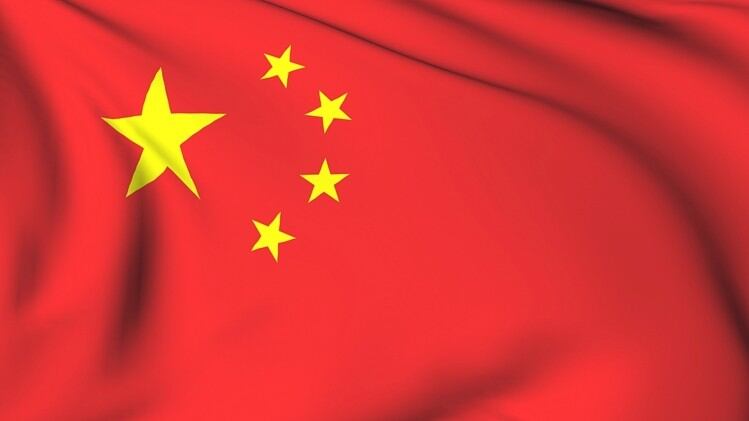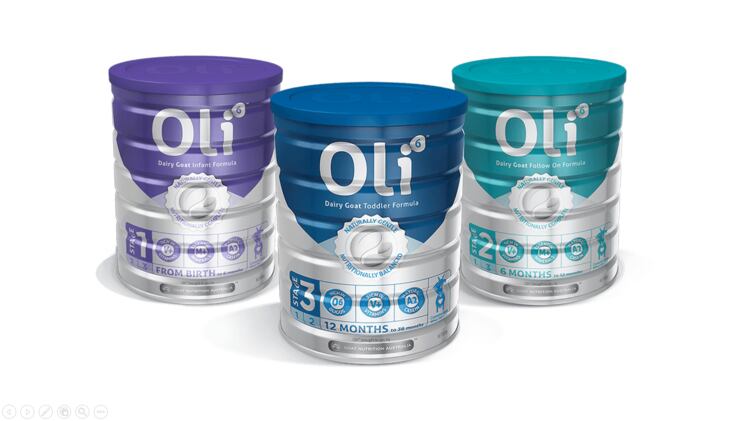As the industry prepares to gather in Shanghai for HI and Fi China, here’s our round-up of some of the need to know trends…
1) Demand for international health supplements remains robust
More than half (53.7%) of Chinese consumers recently surveyed said they bought imported nutrition supplements, while only 7.9% preferred to buy local products, according to a white paper released by the Chinese Nutrition Society.
The study, involving 7,982 participants, found that 57.6% of consumers said they had previously bought imported supplements.
Furthermore, Seven out of 10 said that they would determine the authenticity of an imported product by referring to its original country of production.
Supplements from Australia, New Zealand, and the US were most popular with the Chinese consumers, and these findings bode well for the future prospects of overseas firms, especially those who can play on a strong regulatory environment and ‘clean and green’ image.
2) Traditional brands emphasise heritage while tapping new sales channels
As traditional brands embrace new sales models, such as unmanned automated stores and fast speed delivery service, Chinese consumers are giving them a second chance.
For example, Dao Xiang Cun, a traditional snacks brand, is offering a “one hour delivery” service, while Hangzhou-based Zhi Wei Guan had opened its first smart retail store in Xihu.
Out of all traditional Chinese brands, about 60% have now adopted new sales models.
The number of searches related to traditional brands on Tmall hit 1 billion between August 2017 and August 2018, and the sales of products which had a traditional and cultural element shot up 263.6%.
3) Alternative sources of plant-based protein and dairy alternatives on the rise
While soy remains head and shoulders above the competition when it comes to plant-based sources of protein in China, other ingredients are slowly catching up, offering new opportunities for food and beverage firms.
For the latter, Chinese consumers are increasingly becoming interested in oats, coconut and almond, with international brands entering the market and homegrown players developing new products.
For example, in the food space, domestic mineral water firm Nongfu Spring’s has ventured into the vegan yogurt industry, while PavoMea has found favour with its chickpea snacks.
Meanwhile, in the traditional protein space, a recent report predicted that by 2025 China and India will lean global demand with some 50% of total consumption worldwide.
4) Don’t discount bricks and mortar retail stores
While many nutrition brands have focused on growing in China via cross-border e-commerce – largely because of the absence of burdensome regulations that prevail when trying sell in-country – firms do need to diversify their sales channels.
In recent months, several overseas and high-profile supplement and infant nutrition brands posted disappointing results for China as changes in e-commerce and daigou trade came into force.
There is also still a groundswell of consumer sentiments for bricks and mortar retail, despite the relentless growth of mobile and social shopping.
For example, a recent study showed that brick-and-mortar stores are popular than online and daigou channels for infant formula purchases among Shanghai shoppers.
More than two-thirds (65%) of the purchases were made at mother-and-baby stores, while 17% bought it from supermarkets. Surprisingly, online and daigou purchases were comparatively lower at 12% and 6% respectively.
5) Big isn’t beautiful when it comes to packaging
Chinese consumers are increasingly looking for more convenient and smaller pack sizes, with snacks, white wine and tea bags just three items that are hitting the shelves in reduced formats.
For example, “one day pack” nuts were first launched in 2016, but already accounted for 25% of the market size in 2018.
New first tier and second tier cities made up nearly 45% of the entire “one day pack” nuts consumer market last year, and consumers born between 1990 and 1995 formed the bulk of the consumers.
Another example is the rise of small pack white wine, which is becoming the beverage choice for small group gatherings.
Jiang Xiao Bai, a white wine brand by Chongqing Jiangji Distillery is one example.
Traditional tea makers are also making tea bags in small packs to pander to consumers’ preference for style and personalised packs.
Don’t miss a presentation from FoodNavigator-Asia and NutraIngredients-Asia’s editors Pearly Neo and Tingmin Koe at FI and HI China.
Their talk, 'Top trends: FoodNavigator-Asia and NutraIngredients-Asia’s need-to-know consumer, commerce and regulatory developments in China and across APAC', takes place at the Innovation and Content Hub on the show floor on Thursday June 20 at 11am.





